What to Make of a Golf Course Restoration
A number of years ago, Brad Klein invited me to speak at Golfweek’s Restoration Conference in Williamsburg, Virginia. So as I prepared for my talk, I thought it might be high time to explore just what we all refer to as a “restoration” and how that differs from a “renovation” – a discussion that would afford the group an opportunity to compare and contrast between the two apparently different approaches. As I discovered then, and I can further attest today though, I’m not sure that a full restoration effort, in its defined sense, is much in the best interest of anyone.
Restoration – The act of returning something to a former owner, place or condition.
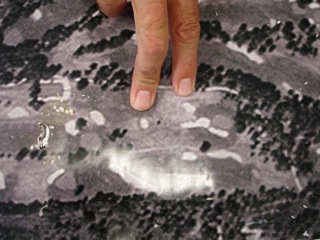
So if we take the definition to heart and apply it to work on golf courses, it is to say then that a restoration would return the course exactly back to its former design – or original configuration. On the surface, that all sounds worthwhile doesn’t it? Especially after many older courses have been tinkered with by club presidents, green chairmen, golf pros, other architects and even a few superintendents. Just put it all back the way it was. And since the course was originally designed by one of our “Golden Age” heroes, we ought to "restore" it the way he intended it, right?
To provide a clear answer here is not as easy as it might seem. True, there are merits in recovering what used to be, what was intended to be and paying some homage to what is undeniably a very special and impacting era in golf course architecture. But here is the rub…and maybe it is strictly my opinion, but I happen to know for a fact that our game has changed a little since the early 1900’s. How, you ask? Well, for starters, how about technology?
Golf Ball – Basically, we hit it a whole lot farther now! Indeed the golf ball has evolved, from the feathery (180 yards average driving distance, to the guttie (200 yards avg.), the Haskell (235 yards avg.) and the modern synthetic versions (268 yards in 1980, 280 yards in 1997 and 304 yards in 2012).
Automated irrigation – Golf courses were not even irrigated when many were built in the early 20th century. Think about how that influenced the placement of cross hazards and the design of greens. Fairways acted more like running boards then and responded well to one’s ground game abilities. The costs and scarcity of water today actually begs us to consider the old trend of “less is more”, but the technology of distributing water for the purpose of maintaining quality turf was and still is a major advance.
Golf Cart - For better or worse, the cart is here to stay and its circulation and access, and the paths on which they must travel have had a profound effect on the design and management of courses since inception of golf cart in the 1950’s.
And what about the players? - Yes, today, women play golf….and so do juniors…..in fact, people of all walks of life and skill level play golf. Should we not accommodate them as well? They might need to play from a different set of tees. Not everyone is an accomplished player. Let’s not forget that the courses that were built between 1900 and 1940 were largely intended for prominent, golf savvy men.
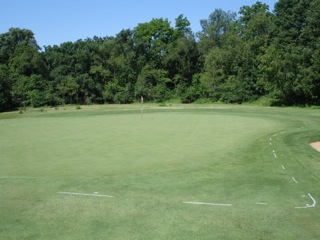 This list of influences can go on and on…. including turfgrass varieties, green speeds, tree plantings, drainage installations, various mowing applications, and the seemingly endless development of the golf equipment. Over the last 100 years, much has influenced the game and the grounds on which it is played.
This list of influences can go on and on…. including turfgrass varieties, green speeds, tree plantings, drainage installations, various mowing applications, and the seemingly endless development of the golf equipment. Over the last 100 years, much has influenced the game and the grounds on which it is played.
What we do know, as architects, is this: Some courses were indeed designed by architects who had a reputation for creating really sound, enjoyable golf courses that stood the test of time. The popularity of these courses has endured generations of golfers, changes in the game and advances in technology. The question comes about, though, to the extent in which the design of such courses remains validly intact and whether the course has wandered away from or been eroded from its original intent. We see evidence of this on a regular basis, for sure. In such cases, a club committee may entertain the notion of “restoring” a course back to original glory…capturing all the nuances that at one time served to make the course so distinctive. And this is where we meet with the popular “restoration” classification today….a desire to put it all back and recover what was once there. Open up those filled in bunkers….rebuild those old tee locations….recapture those former cupping areas, take down those trees and so on.
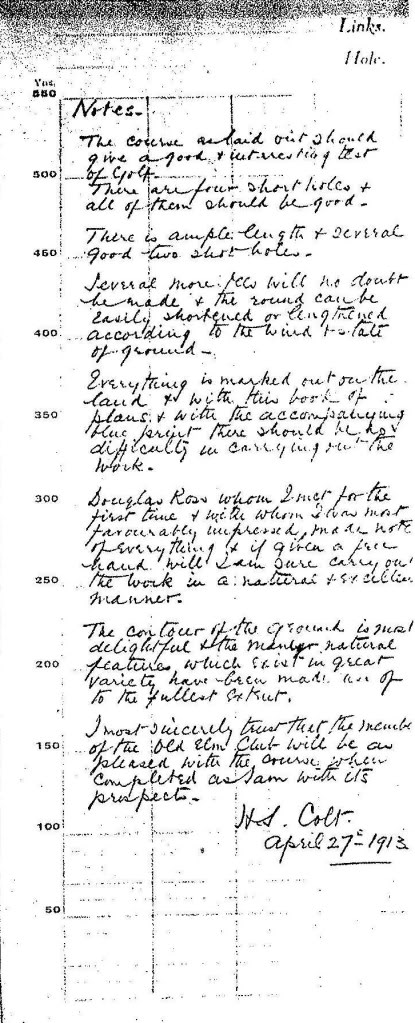
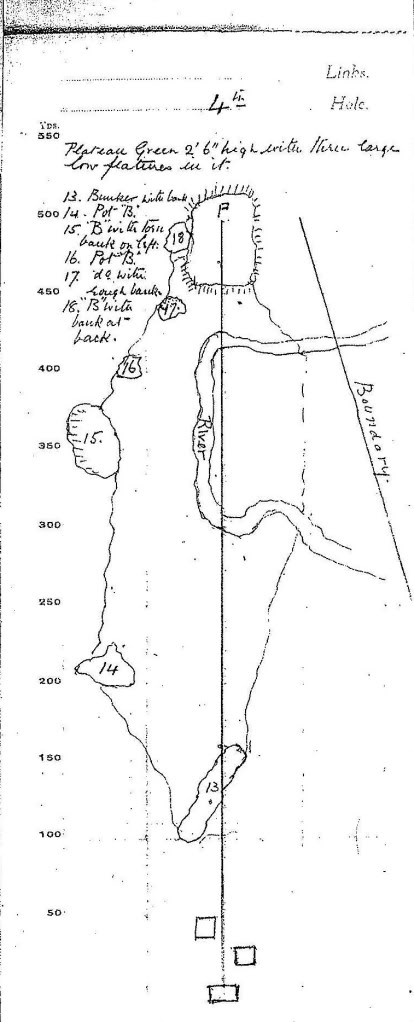
To execute any restorative effort, there should be clear reference as to what existed before… an account, if you will, of the original design. This may come in the form of old plans, sketches, aerial photographs, still photographs, notes, letters, newspaper articles and even an occasional real-life interview. If a club is fortunate enough to possess documentation of their golf course history in their own archives – that is like the Holy Grail to an architect. Anything and everything is of value. Sadly, many older courses have either misplaced or lost their references to the past in tragic clubhouse fires.
So, there you have it in a nutshell: 1) the basic rationale behind a "restoration", as it is most commonly referred to, 2) the influencing factors, and 3) the various reference resources. And of course, you need an architect that has the ability to synthesize all the pertinent elements and execute the work with some high degree of accuracy and professional expertise. Preferably, the architect will be skilled enough to subjectively analyze what was original with what best fits now – can make reasonable judgments about the well being of the course today and for the foreseeable future. Some architects promote that their sole purpose and expertise is to resurrect or "restore" old courses – claiming their intense knowledge of another architect’s tendencies. While this is surely a solid selling tool, I’m not too sure that anyone is truly THAT skilled. The fact is, we are hardly capable of being so all-knowing in interpreting these early works and intentions…However, a good architect can apply what is known about the architect, his work, about other courses executed during that era, tendencies of certain assistants or foremen used on the project, - and use all the resources available to make a reasonably good judgment, case by case.
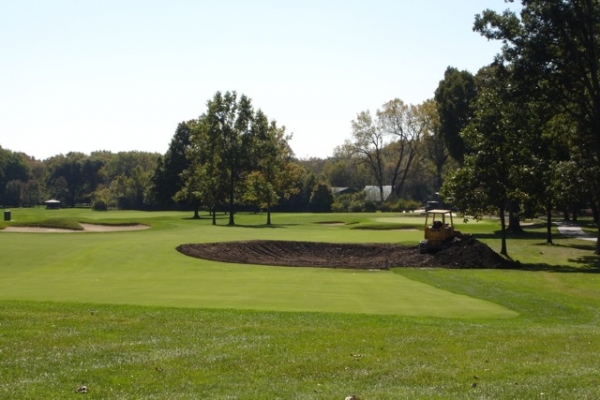
Now, to get back on track here, the real focus of this piece is regarding the validity of a course restoration, as it is defined. I can only speak from my experiences, and my own opinion, that the term “restoration” is one of the most overused and misplaced descriptions of work in golf course architecture – it’s potentially a slippery slope, depending on the interpretation. At the end of the day, restoring the course back to its “original condition” is not only essentially impossible to do, it also seems relatively undesirable. Why would we dare revert entirely back to something that is essentially unattainable today? Would it even be accepted under modern-day expectations or fit within the framwork of how the course has necessarily evolved over time? If we’re to do ourselves any justice at all in caring for these older golf courses, we are best served to focus efforts on what is best for the course TODAY, not solely what it was 100 years ago. So to restore a course in the truest, most literal sense should rarely, if ever, be done – but to recapture character, reinstate characteristics or sympathetically recover lost features or strategies….that certainly has some legitimate merit, so long as the work is considered in the same context of all of the factors that have influenced the game and the course since the it was originally built. Otherwise, we are all just kidding ourselves. Even those Golden Age architects wrote about the future of golf and the enduring qualities of their designs - evolving to serve the greater good of those who use and enjoy the course the most. Any architect with a forward vision realizes that their courses will be refined, adapted or modified somewhat by a skilled hand over time in order to accommodate the very influences that we face today.
So how then might be define this application if it is not truly a “restoration”? We need a good buzzword. It is a sympathetic reinstatement? A partial architectural recovery? A historical adaptation? We need a buzzword to talk and write about…something to romanticize or criticize! If it’s not restoration, then what? Funny to now consider this:
Renovation – To restore to a good state of repair.
Maybe “renovation” was actually a more appropriate word all along! Call it what you wish, but maybe it was this little conundrum that caused for Golfweek’s first Restoration Conference to be the last one as well? Too bad, because it still seems worth talking about.

Comments